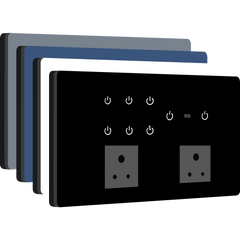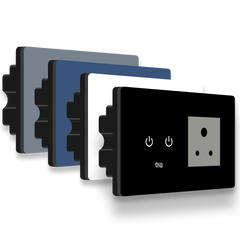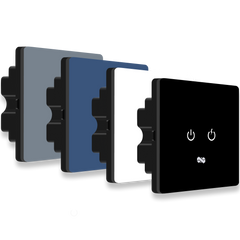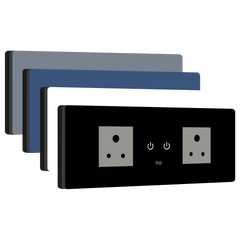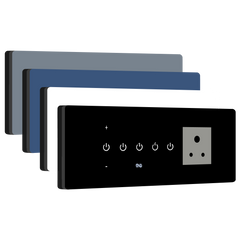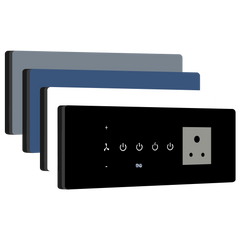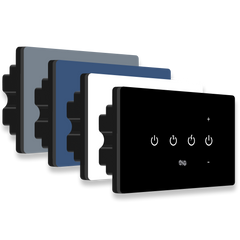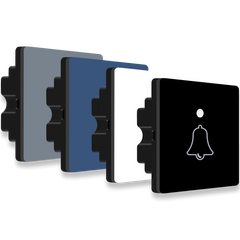The Evolution of Remote Control Switches: From Basics to Smart Solutions
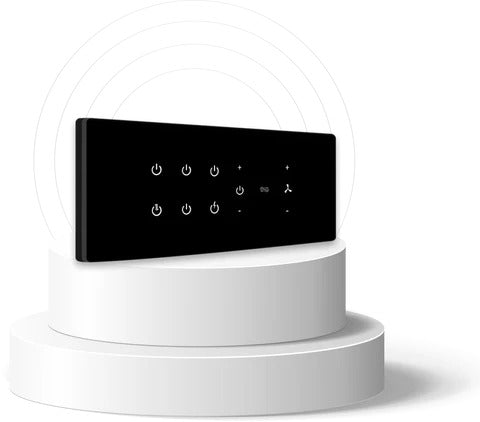
Remote control switches have come a long way from their inception, revolutionizing how we interact with and control our living spaces. From their humble beginnings as simple mechanical devices to the advanced smart solutions we use today, these switches have significantly evolved to meet the growing demands for convenience, efficiency, and innovation. Let’s take a closer look at this transformation and explore how remote control switches have become an integral part of modern homes.
The Early Days: Basic Remote Control Switches
The earliest versions of remote control switches were rudimentary yet groundbreaking for their time. These devices operated on simple infrared (IR) technology, much like early television remotes. They allowed users to control electrical devices or lights from a short distance, offering convenience without the need to physically interact with a wall switch. While these switches were limited in range and functionality, they paved the way for further advancements in remote-controlled technology.
The Transition to Wireless Technology
As technology advanced, remote control switches began incorporating wireless communication, such as radio frequency (RF) signals. This innovation extended the range and reliability of these devices, making them more practical for everyday use. Homeowners could now control multiple devices across rooms without needing a direct line of sight. These wireless remote control switches also introduced programmable features, enabling users to set schedules for turning lights or appliances on and off.
The Rise of Smart Remote Control Switches
The real revolution in remote control switches came with the advent of smart technology. Modern remote control switches are no longer standalone devices; they are integral components of smart home automation ecosystems. Equipped with Wi-Fi and Bluetooth connectivity, these modular remote control switches allow users to control their homes remotely via smartphone apps or voice commands.
Smart remote control switches offer unparalleled convenience and flexibility. With just a few taps on your phone, you can adjust lighting, operate fans, or manage appliances from anywhere in the world. Integration with voice assistants like Amazon Alexa and Google Home has further enhanced their usability, making them an essential part of hands-free home automation.
Features That Define Modern Remote Control Switches
Today’s remote control switches are packed with features that cater to the needs of tech-savvy homeowners:
- Touch-Sensitive Controls: Sleek, capacitive touch panels add a modern aesthetic and intuitive operation.
- Energy Efficiency: Many smart switches include energy monitoring, helping users track and reduce electricity consumption.
- Customizable Settings: Advanced scheduling and scene-setting options allow for personalized home automation.
- Compatibility: Seamless integration with other smart devices ensures a cohesive and interconnected smart home experience.
The Future of Remote Control Switches
The evolution of remote control switches is far from over. As the Internet of Things (IoT) continues to expand, these devices are expected to become even smarter. Future innovations may include AI-driven automation, enhanced security features, and increased compatibility with emerging technologies. Remote control switch systems will likely incorporate even more advanced functionalities to streamline smart home automation further.
Conclusion
The journey of remote control switches from basic IR models to sophisticated smart solutions reflects the rapid pace of technological advancement. These devices have transformed from simple convenience tools into indispensable elements of modern living. As technology continues to evolve, remote control switches will undoubtedly play a pivotal role in shaping the future of smart homes.

